|
Kawasaki Ki-60
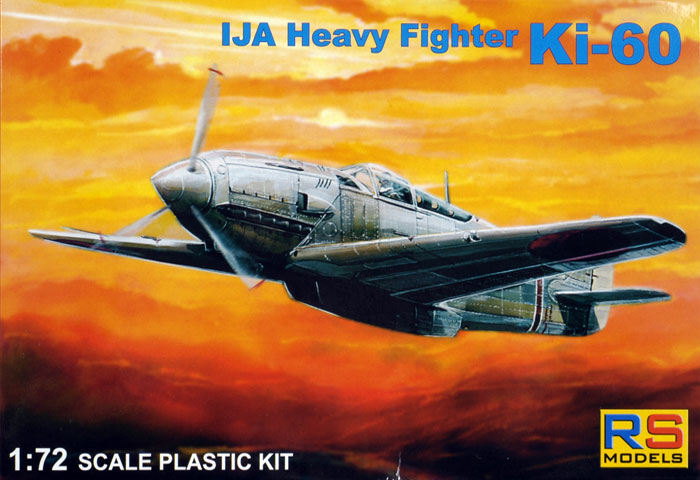
RS Models, 1/72 scale
S
u m m a r y
|
| Catalogue Number: |
RS Models 92028 and 92029 Kawasaki
Ki-60
Japanese WW II Heavy Fighter.
RS Models from the Czech Republic |
| Scale: |
1/72 |
| Contents and Media: |
Each kit contains 31 sand coloured
plastic parts on one sprue, 2 clear plastic parts on one sprue, 45
photo-etched parts (partially coloured) on one fret, decals for two
aircraft plus a 4 page A5 sized instruction booklet with history, parts
plan and 8 build diagrams. Paint/decal instructions are on the box rear. |
| Price: |
From £11.91
will be available online from Hannants and specialist hobby
retailers worldwide. |
| Review Type: |
FirstLook |
| Advantages: |
Interesting and rare subject, highly
detailed inside and out, cleanly moulded plastic parts with very fine
etched details, raised where appropriate, Eduard partially coloured PE
and injection moulded clear parts. |
| Disadvantages: |
3 of the 4 markings options are
theoretical, some experience required |
| Recommendation: |
Highly Recommended for those into
Prototypes or Japanese Aircraft. |
Reviewed by Glen Porter

HyperScale is proudly supported by Squadron.com
After Kawasaki secured the rites to produce the
German Daimler-Benz DB 601A liquid cooled engine, Takeo Doi and Shin
Owada set about designing two aircraft to employ it. These were the Ki-60
and 61 with emphasis on the Ki-60. A low winged single engined
monoplane, it was armed with two 12.7mm machine guns in the nose and two
20mm cannons in the wings.
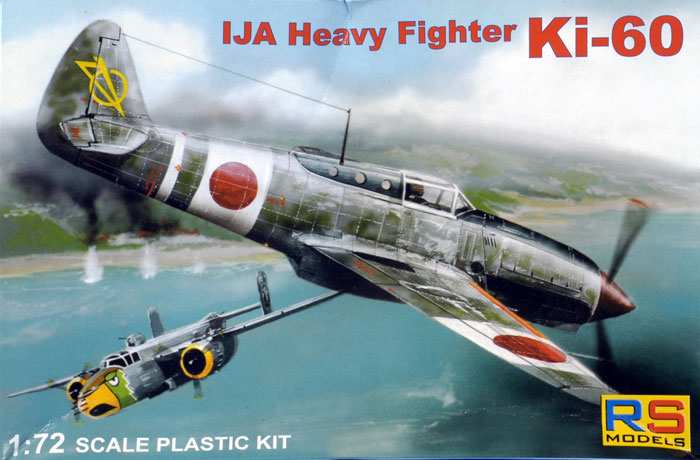
The first prototype, flown in March 1941, was found not to reach the
performance requirements. The second was modified to improve the
performance but the improvement was only marginal and the same happened
with the third prototype. The Ki-60 was consequently dropped in favour
of the Ki 61.
The lessons learned while working on the Ki-60, when applied to the Ki
61, produced an outstanding fighter aircraft and the only Japanese
fighter with a liquid cooled engine.
These two kits by RS Models are identical except for the decals and box
art. I have not been able to find any evidence that any of the three
prototypes flew operationally at any time during the war so I assume
three of the four decal options are hypothetical. The fourth option is
of the first prototype in March 1941 in overall bare metal from kit No
92028.
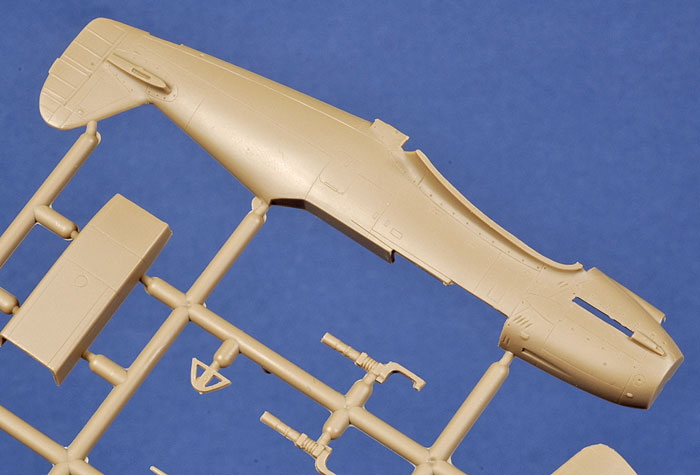
Click
the thumbnails below to view larger images:
[../../../photogallery/photo00030193/real.htm]
The plastic sprue in sand coloured plastic is very well moulded with no
flash, sink or ejector pin marks in exposed areas. All the main parts
for the model are on this sprue and the surface detail is as good as any
I've seen with very fine engraved panel lines and realistic fabric
surfaces. Care will need to be taken in assembly as there are no
alignment pins or holes.
The clear sprue has the one-piece canopy and a wing landing light. The
canopy is a little on the thick side as is normal in this scale, but
could be cut open to display the interior if required.
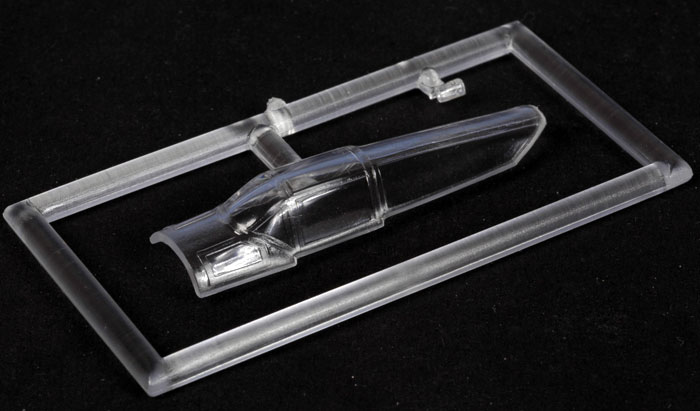
Eduard photo-etched sprue has 45 parts, including instrument panel and
belts in colour.
Most of the parts are for the cockpit interior apart from gear doors,
radiator faces, undercarriage oleo scissors and control surface
actuators.
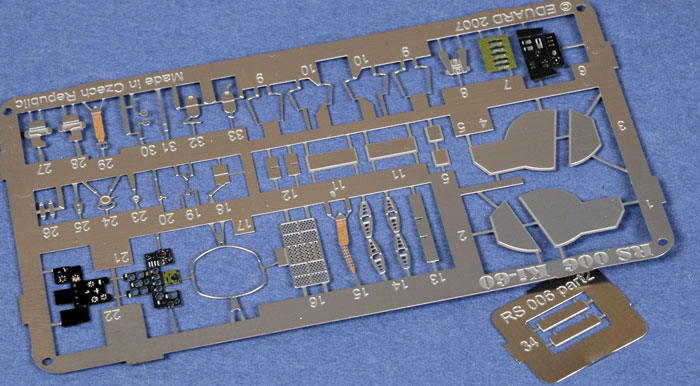
Decals from both kits look competently printed with good register but as
I said above, only one is of the prototypes.
Instructions are a little bit basic in that some of the locations for
parts are not completely clear and it is not shown how some of the PE is
bent into shape.
These models cannot be classified as “mainstream” due to the absence of
pins and other alignment aids, but for those experienced modellers
interested in Japanese aircraft and prototypes in particular, RS Models
1/72 scale Ki-60 kits should not be missed.
Highly Recommended.
Thanks to RS Models for the sample
Review Text Copyright © 2007 by Glen Porter
Images Copyright © 2007 by Brett Green
Page Created 29 October, 2007
Last updated 24 December, 2007
Back to HyperScale Main Page
Back to Reviews Page
|
Home
| What's New |
Features |
Gallery |
Reviews |
Reference |
Forum |